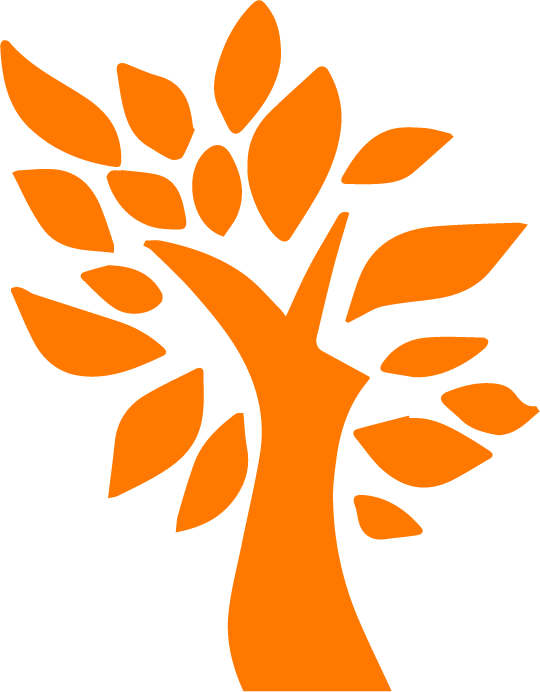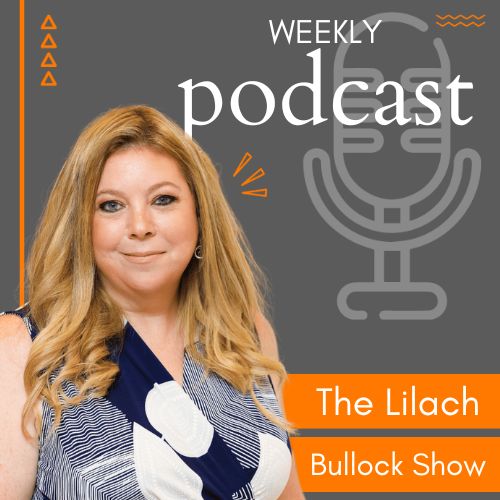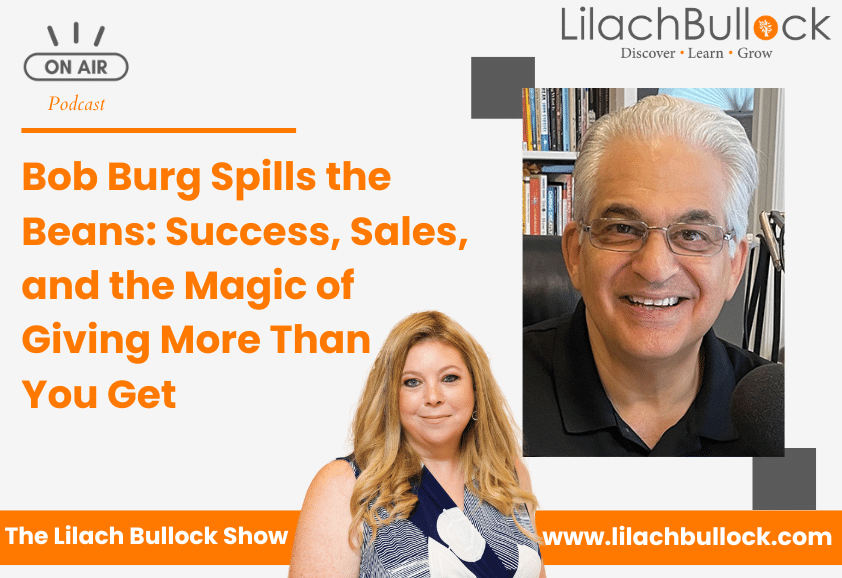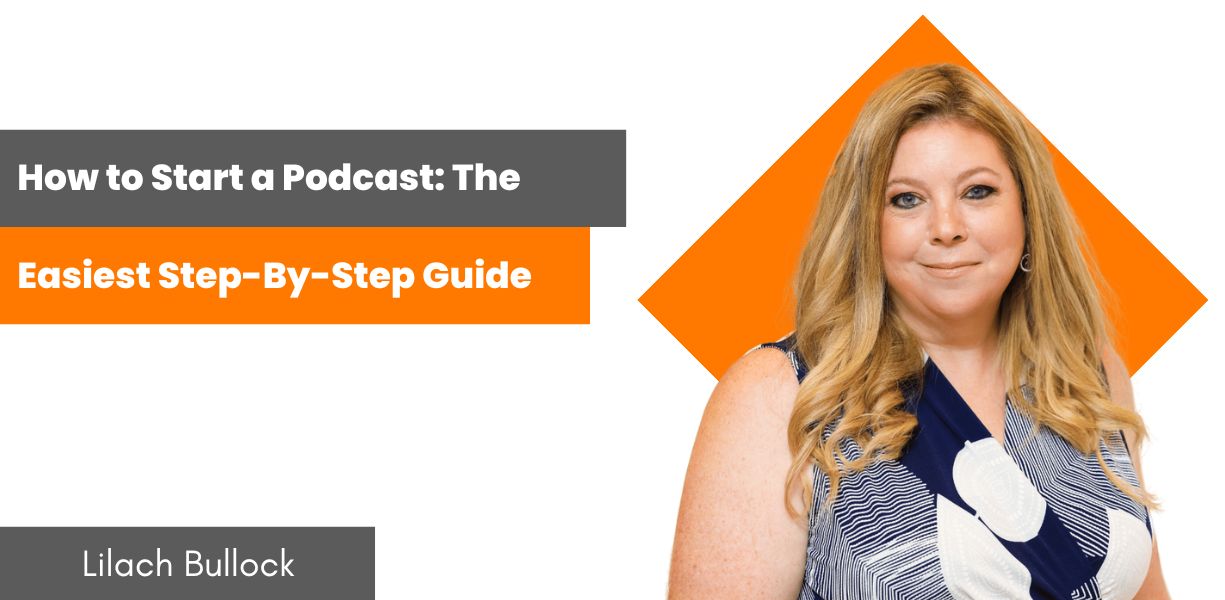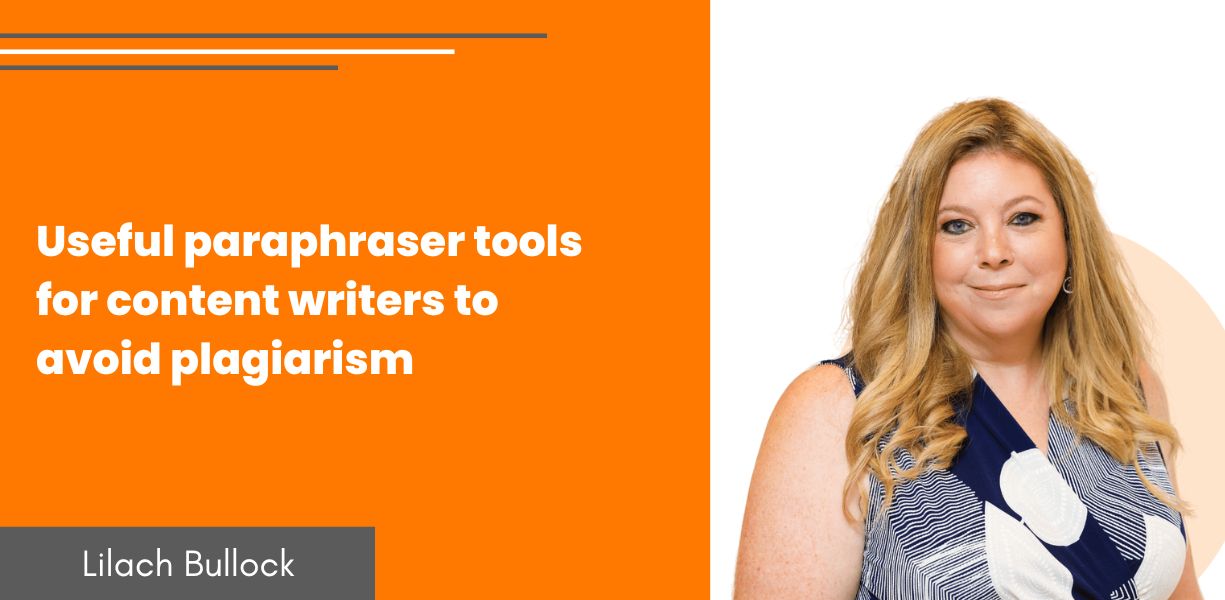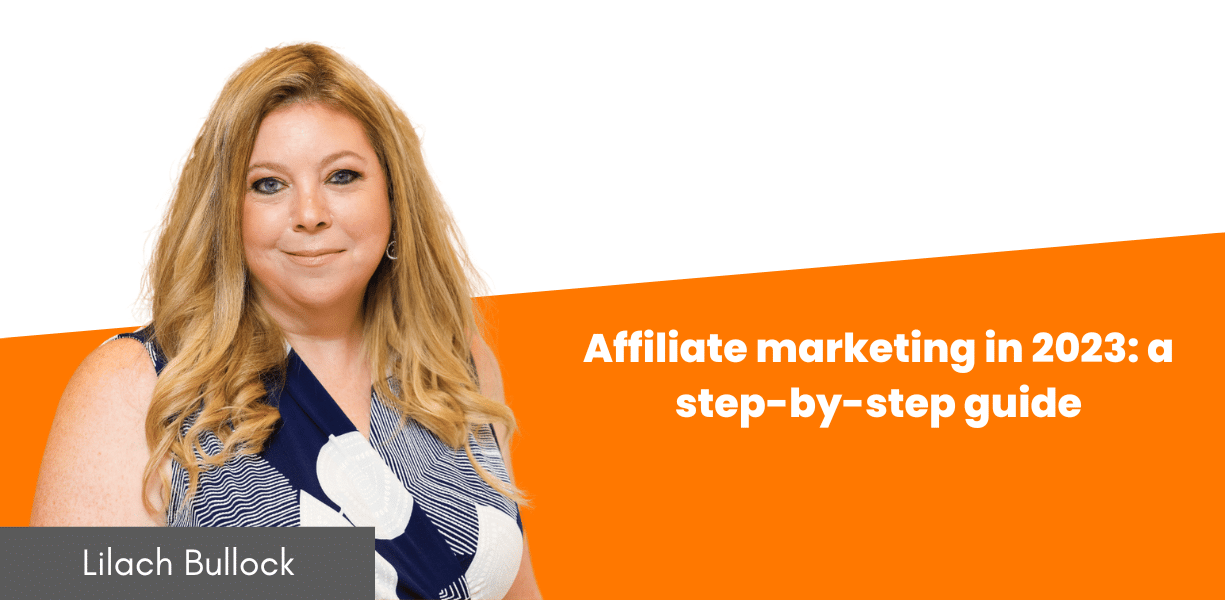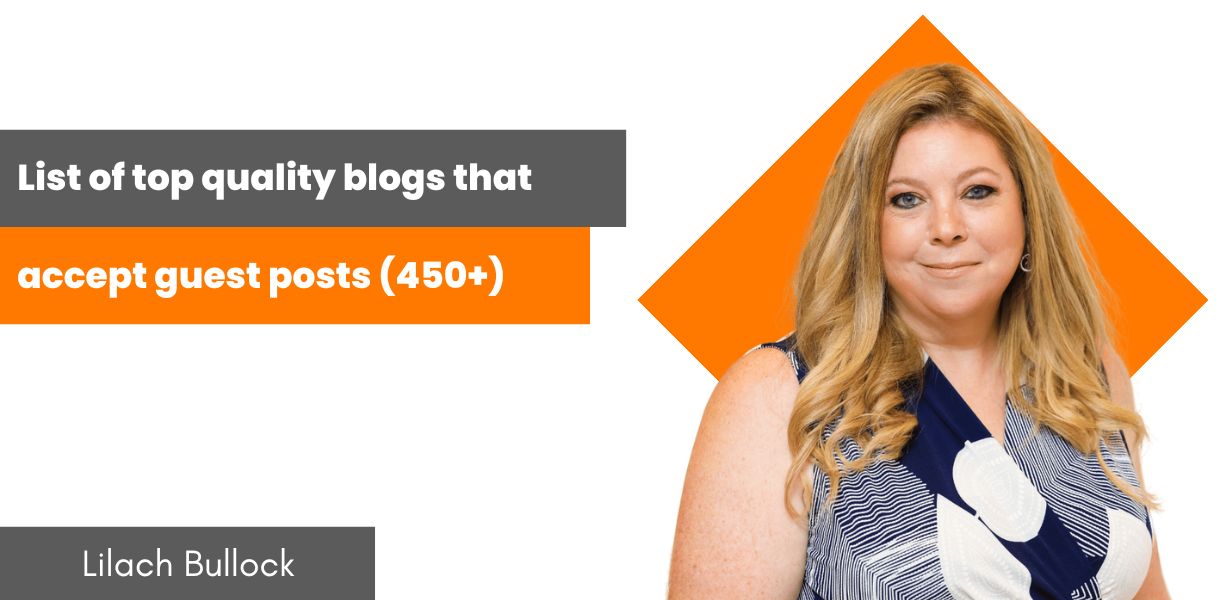Follow Lilach

7 Subscription Billing Software Features to Look for in 2024
The subscription economy is booming. The Global Interconnection Index 2024 forecasts that 80% of enterprises plan to spend their money on digital tools via a subscription.
And while running a B2B SaaS business is fantastic, chasing invoices and managing multiple subscription plans can feel like wading through endless paperwork. Thankfully, subscription billing software is changing how B2B SaaS businesses provide customers convenient access to products and services.
But, with so many options, where do you even begin?
Let’s break down the 7 top features you absolutely need to look for in 2024.
1. Customer Self-Service Portals
Did you know 94% of customers prioritize convenience as the most crucial customer service trait when dealing with B2B SaaS businesses? One great way to make things convenient is by letting your customers handle their subscriptions themselves.
That’s where self-service portals come in. They’re like a one-stop shop for your customers where they can manage their accounts, find answers to common questions, and access billing info and invoices.
- Customers can handle things independently, meaning fewer support tickets for you
- Self-service answers are often faster than waiting on hold
- Looks good for your brand
- Improved operational efficiency
2. Revenue Recognition
Recognizing revenue isn’t always easy. According to Younium, most B2B SaaS businesses use the ‘after payment is received’ method to recognize revenue. Besides accuracy, such methods must adhere to revenue recognition standards like IFRS 15 and ASC 606.
Consider a subscription billing software that integrates features that support accurate revenue recognition practices. These features may include flexible revenue recognition models, deferred revenue management, and integration with accounting systems.
Such tools go beyond ensuring compliance and accurate revenue recognition. They also enhance financial reporting, cash flow management, and informed decision-making.
3. Flexible Subscription Models
B2B SaaS customers today demand flexibility in subscribing and paying for services.
Look for subscription billing software with flexible models to offer different plans to cater to various needs. Think monthly memberships, annual subscriptions, pay-as-you-go options, and even free trials. Also, one that supports multiple pricing models like flat-rate, tiered, usage-based, and hybrid.
Bonus points if you experiment with different pricing models and subscription options. Flexible subscription models give your customers more choices and help you attract a wider audience.
4. Dunning Management
Even the best customers can experience occasional payment hiccups. Maybe a credit card expired, or an invoice got buried in an inbox. These failed payments can lead to involuntary churn.
While sending gentle reminder emails is a critical component of dunning management, modern subscription billing software goes a step further. Consider a system that can handle the entire process automatically, using customized retry logic and tailored customer communication flows.
Automatic dunning management streamlines payment collection, minimizes involuntary churn, and keeps revenue flowing. And since B2B SaaS businesses typically experience a 5-7% churn rate, recovering even a small portion of these involuntary churners matters.
5. Subscription Analytics and Reporting
Data is king, and knowledge is power, especially in the B2B SaaS industry. As elaborate in the Attrock article, one of the top pros of a modern subscription recurring software is the ability to generate detailed analytics and reports.
To really understand the health of your subscription business, you need robust reporting capabilities. Consider software with a built-in dashboard and custom reporting to help track metrics like MRR, CLV, churn rate, and more.
This data helps you identify areas for improvement, optimize your pricing, and make smarter decisions for future growth.
6. Integrations with Existing Tools
Modern B2B SaaS businesses require more than a subscription billing software. You’ll also need various tools to manage customer relationships, finances, payments, and more, streamlining your operation.
Subscription billing software should integrate seamlessly with the other tools in your tech stack to create efficient, automated workflows. These could be CRMs, accounting software, payment gateways, and more.
Connecting your billing system to other tools you already use, you eliminate data silos and streamline workflows. This saves you time, reduces errors, and keeps everything organized.
As described in the Small Business HQ guide, you can integrate the best accounting software with your subscription billing software to automate your payment process.
7. Scalability and Customization
Your B2B SaaS business is a living, breathing entity, and it’s bound to grow. That’s why you need subscription billing software that can scale with you. Look for a solution with flexible plans to accommodate increasing customer volume and transaction complexity.
Additionally, the software should be adaptable to future feature additions. It should allow tasks like integrating with new marketing automation platforms or incorporating new pricing models.
The better you can customize the software to match your business, the more it helps than hinders your path to success.
So You Want Subscription Billing Bliss?
There you have it! The 7 must-have features for subscription billing software for B2B SaaS businesses in 2024. They focus on subscription billing, protecting revenue, improving CX, and optimizing business operations.
No more invoice nightmares, just smooth operations, happy customers, and a thriving subscription business.
So, start exploring subscription billing software options today!
Author Bio – Reena Aggarwal
Reena is Director of Operations and Sales at Attrock, a result-driven digital marketing company. With 10+ years of sales and operations experience in the field of e-commerce and digital marketing, she is quite an industry expert. She is a people person and considers the human resources as the most valuable asset of a company. In her free time, you would find her spending quality time with her brilliant, almost teenage daughter and watching her grow in this digital, fast-paced era.

Follow Lilach
